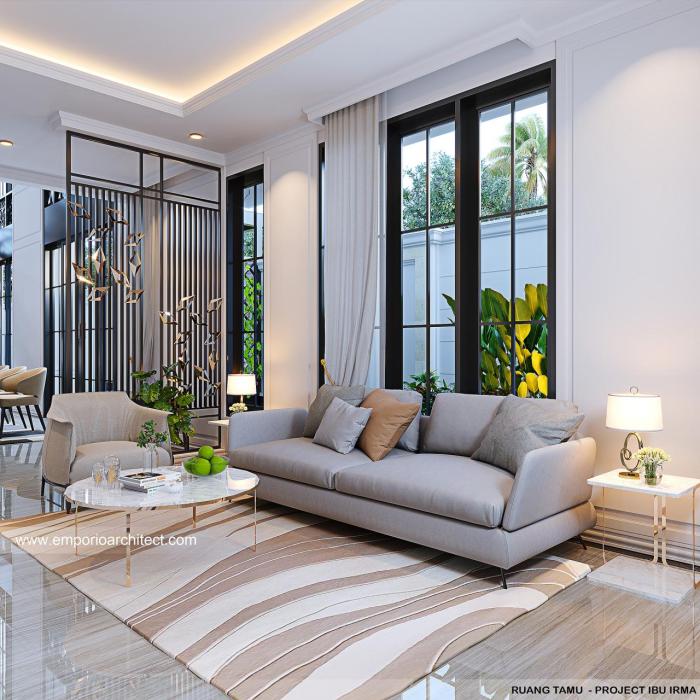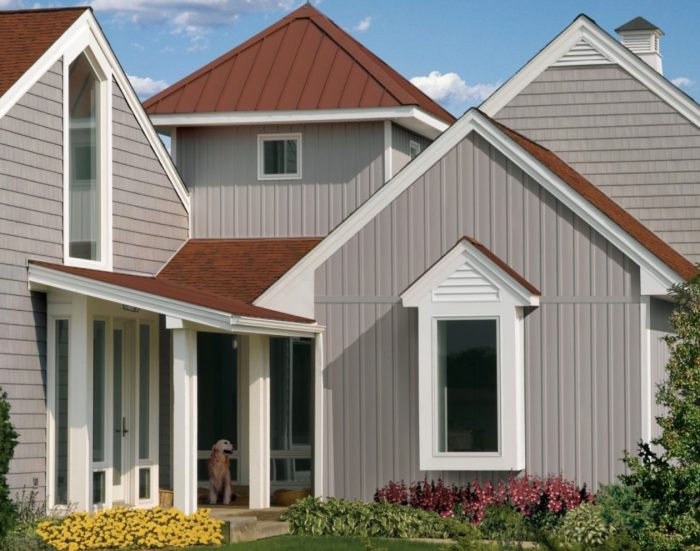Exploring Architectural Interior Design 2: A Comprehensive Guide
Diving into architectural interior design 2, this introduction delves into a captivating narrative that aims to engage readers right from the start. From defining the core principles to unraveling the historical evolution, this overview sets the stage for an insightful exploration of the topic.
Detailing the key elements and technological advancements, this guide sheds light on the multifaceted aspects of architectural interior design 2, offering a blend of informative content and intriguing insights.
Overview of Architectural Interior Design
Architectural interior design is the art and science of enhancing the interior of a building to achieve a healthier and more aesthetically pleasing environment for the people using the space. It involves coordinating the elements of architecture, such as lighting, color, textures, materials, and furniture, to create a harmonious and functional interior.
Significance of Architectural Interior Design
Architectural interior design plays a crucial role in the field of architecture as it focuses on the interior spaces where people live, work, and play. It not only enhances the overall aesthetic appeal of a space but also contributes to the functionality, comfort, and well-being of its occupants.
Interior design helps to create spaces that are not only visually appealing but also efficient and sustainable.
Principles Governing Architectural Interior Design
- Unity and Harmony: Ensuring all design elements work together cohesively.
- Balance: Achieving visual equilibrium in the space.
- Rhythm and Repetition: Creating a sense of movement and visual interest.
- Scale and Proportion: Ensuring that elements relate well to each other and the space as a whole.
- Functionality: Designing spaces that are practical and meet the needs of the users.
Differences from Other Design Disciplines
Architectural interior design differs from other design disciplines, such as graphic design or industrial design, in its focus on the built environment and the spatial experience of individuals. While other design disciplines may concentrate on two-dimensional or product-oriented solutions, architectural interior design deals with three-dimensional spaces that impact how people interact with and experience a space on a daily basis.
Elements of Architectural Interior Design
Interior design encompasses a variety of elements that come together to create a cohesive and aesthetically pleasing space. Key elements include layout, lighting, color scheme, furniture selection, materials, textures, spatial planning, and flow.
Layout
The layout of a space refers to how furniture, fixtures, and other elements are arranged within the room. It is crucial to consider the functionality and flow of the space to ensure optimal use of the area.
Lighting
Lighting plays a significant role in interior design as it can affect the mood and ambiance of a room. Proper lighting can highlight architectural features, create focal points, and enhance the overall design of the space.
Color Scheme
The color scheme sets the tone for the space and influences the mood of the occupants. It is essential to choose colors that complement each other and create a harmonious environment.
Furniture Selection
Furniture selection is a critical aspect of interior design as it not only provides functionality but also contributes to the overall style of the space. The choice of furniture should align with the design aesthetic and meet the needs of the users.
Materials and Textures
Materials and textures add depth and visual interest to a space. The selection of materials such as wood, metal, glass, or fabric, as well as textures like smooth, rough, or glossy, can significantly impact the look and feel of the interior.
Spatial Planning and Flow
Spatial planning involves organizing the layout of the space to optimize functionality and circulation. It is important to consider the flow of movement within the room to ensure a seamless and comfortable experience for the occupants.
Historical Evolution of Architectural Interior Design

Interior design has a rich history that has evolved significantly over the centuries, reflecting the societal, cultural, and technological changes of different periods. From ancient civilizations to modern times, various movements and styles have left their mark on architectural interior design, shaping the way spaces are conceptualized and designed.
Ancient and Classical Periods
In ancient civilizations such as Egypt, Greece, and Rome, interior design was closely tied to architectural principles and religious beliefs. Interiors were adorned with intricate carvings, colorful frescoes, and luxurious materials to reflect the wealth and status of the inhabitants.
The use of columns, arches, and domes in these periods laid the foundation for architectural interior design elements still seen today.
Medieval and Renaissance Eras
During the Middle Ages, interior design became more ornate and decorative, with tapestries, stained glass windows, and elaborate woodwork adorning castles and cathedrals. The Renaissance period brought a renewed interest in classical architecture and design principles, leading to the revival of classical motifs and proportions in interior spaces.
Baroque and Rococo Styles
The Baroque and Rococo styles of the 17th and 18th centuries introduced opulence and extravagance to interior design. Baroque interiors featured dramatic lighting, rich colors, and intricate detailing, while Rococo design emphasized asymmetry, pastel colors, and delicate ornamentation. These styles marked a departure from the restraint of earlier periods, showcasing a more flamboyant and theatrical approach to design.
Modern and Contemporary Trends
In the 20th and 21st centuries, modernism emerged as a reaction against the ornate styles of the past, focusing on simplicity, functionality, and minimalism. Influential movements such as Art Deco, Bauhaus, and Mid-Century Modernism have continued to shape interior design practices, emphasizing clean lines, geometric forms, and the use of industrial materials.
Contemporary design trends draw inspiration from the past while incorporating cutting-edge technologies and sustainable practices to create innovative and dynamic interior spaces.
Impact on Modern Interior Design
The historical evolution of architectural interior design has had a lasting impact on modern practices, as designers continue to draw inspiration from past styles and movements. Elements such as symmetry, balance, proportion, and the use of natural light remain fundamental principles in contemporary interior design.
By understanding the historical context of design trends, professionals can create spaces that are not only aesthetically pleasing but also functional, sustainable, and reflective of the ever-changing needs of society.
Technology and Innovation in Architectural Interior Design
In the realm of architectural interior design, technology plays a pivotal role in shaping innovative and sustainable spaces. From 3D modeling to virtual reality and AI, these advancements have revolutionized the design processes, offering new possibilities and efficiencies.
Integration of Sustainability and Eco-Friendly Practices
Incorporating sustainable and eco-friendly practices has become a crucial aspect of architectural interior design. Designers are now focusing on using renewable materials, energy-efficient systems, and environmentally friendly products to create spaces that are not only visually appealing but also environmentally conscious.
The integration of green technologies and practices ensures that the interiors contribute positively to the overall well-being of the occupants and the environment.
Role of Smart Home Technologies
Smart home technologies have transformed the way modern interior spaces function. From automated lighting and temperature control to security systems and entertainment setups, these technologies enhance the comfort, convenience, and efficiency of living spaces. Designers are now incorporating smart home solutions seamlessly into their designs to create intelligent and connected environments that cater to the needs and preferences of the occupants.
Cultural Influences on Architectural Interior Design
Culture and geography play a significant role in shaping the aesthetics and preferences of architectural interior design. The unique characteristics of each culture, influenced by their history, traditions, beliefs, and values, often reflect in the design of interior spaces. Let's delve deeper into how cultural influences impact architectural interior design.
Impact of Culture and Geography on Design Aesthetics
Cultural and geographical factors greatly influence the design aesthetics of architectural interiors. For example, the use of vibrant colors and intricate patterns in Middle Eastern interiors reflects the rich cultural heritage of the region. In contrast, Scandinavian design is known for its minimalistic approach, influenced by the region's cold climate and natural landscapes.
Significance of Cultural Diversity in Interior Spaces
Cultural diversity plays a crucial role in creating unique and inclusive interior spaces. By incorporating elements from different cultures, architects can design spaces that resonate with a diverse range of people. This not only adds depth and richness to the design but also promotes cultural understanding and appreciation.
Incorporating Cultural Elements into Interior Design Projects
Architects often incorporate cultural elements into their interior design projects to create a sense of identity and belonging. This can be done through the use of traditional materials, patterns, textures, or architectural styles that reflect the cultural heritage of the place.
By blending modern design concepts with traditional elements, architects can create spaces that are both contemporary and culturally relevant.
Last Point
In conclusion, this discussion on architectural interior design 2 has provided a deep dive into the complexities and nuances of this dynamic field. From cultural influences to technological innovations, the journey through this guide has offered a comprehensive understanding of what makes architectural interior design 2 truly unique and impactful.
Essential FAQs
What are the key differences between architectural interior design and other design disciplines?
Architectural interior design focuses on creating functional and aesthetically pleasing interior spaces within architectural structures, while other design disciplines may prioritize different aspects such as product design or graphic design.
How do materials and textures play a role in architectural interior design 2?
Materials and textures contribute to the overall look and feel of interior spaces, adding depth, visual interest, and tactile elements that enhance the design aesthetic.
What impact do historical trends have on modern interior design practices?
Historical trends serve as a foundation for modern interior design practices, influencing styles, color schemes, and design principles that continue to shape contemporary spaces.




